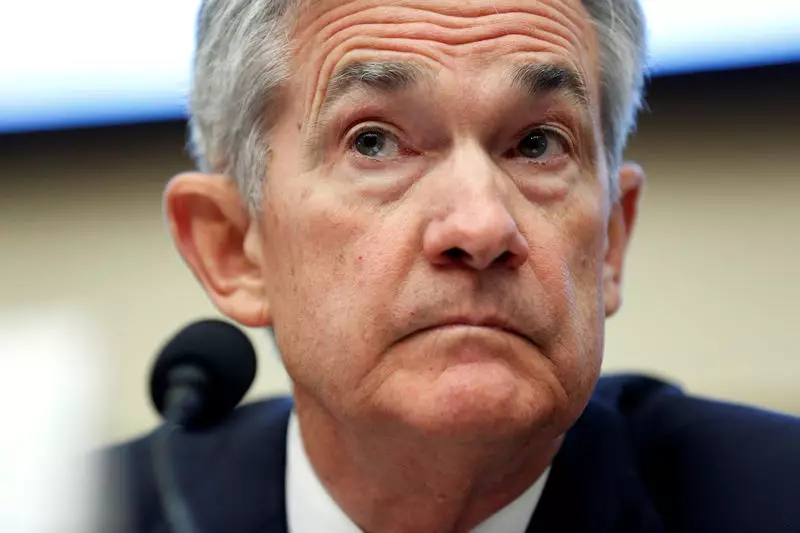Federal Reserve Chair Jerome Powell’s recent speech at the Jackson Hole Economic Symposium has sparked discussions and debates about the central bank’s stance on monetary policy. Powell’s signaling of the Fed’s preparedness to lower interest rates has aligned with market expectations for a series of rate cuts. This move indicates a shift towards supporting the labor market, even as inflation trends towards the Fed’s 2% target, showing a growing focus on employment over inflation.
During his speech, Powell did not oppose the idea of multiple rate cuts, suggesting that policy adjustments are imminent. He mentioned, “The time has come for policy to adjust. The direction of travel is clear, and the timing and pace of rate cuts will depend on incoming data, the evolving outlook, and the balance of risks.” This statement resonated with expectations in the market, as strategists at Yardeni Research noted that Powell did not provide any contradicting hawkish views.
The federal funds rate (FFR) futures market signals a potential total of 100 basis points in cuts by year-end, bringing the rate down to 4.25%. Projections even suggest a further decrease to 3.00% by the end of next year. However, some analysts believe that Powell’s dovish comments might have been excessive, especially considering the current strength of the labor market. Yardeni strategists caution that easing policy too quickly could pose risks if inflationary pressures resurface.
Powell emphasized the diminishing upside risks to inflation and the increasing downside risks to employment, reflecting the Fed’s shifting priorities towards supporting employment over maintaining price stability. This change was evident in Powell’s reduced mentions of the Fed’s dual mandate during the speech, focusing more on labor market concerns. However, this pivot could pose challenges if economic conditions shift again in the future.
Remaining Cautious and Flexible
Yardeni strategists argue that Powell’s dovish stance may have been premature, especially as the labor market has shown signs of normalization rather than cooling in response to economic weakness. They emphasize the need for the Fed to remain cautious and flexible in its approach to monetary policy, considering the potential risks associated with prioritizing employment over inflation in the long run.
Powell’s dovish shift at the Jackson Hole Symposium highlights the Fed’s evolving perspective on monetary policy, with a growing emphasis on supporting the labor market. While the move towards rate cuts may align with current market expectations, it also raises concerns about potential risks and the need for a balanced approach to address both inflation and employment challenges effectively. Powell and the Fed may need to reassess their stance in the future based on evolving economic conditions to ensure stability and sustainable growth in the long term.

